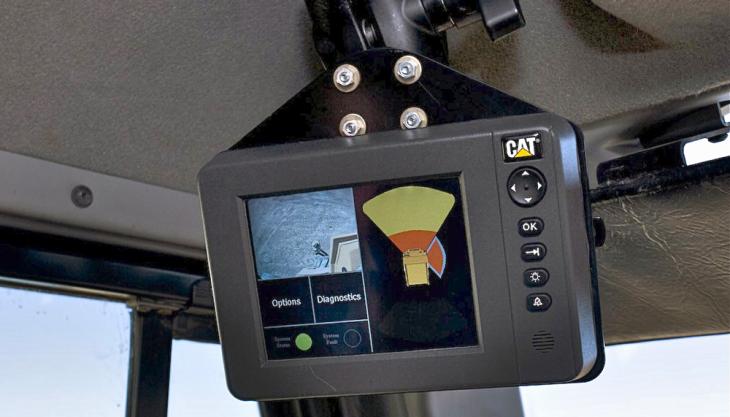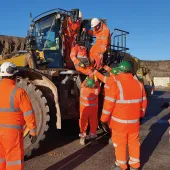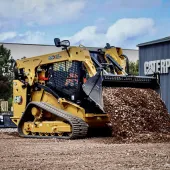Caterpillar introduce new vehicle collision-avoidance system

Latest Proximity Awareness system uses advanced peer-to-peer communications technology
CATERPILLAR have launched Proximity Awareness, a new collision avoidance system using the latest peer-to-peer communications leveraged by the automotive industry.
Designed for light vehicles or surface mining equipment, the system delivers fast and reliable communication between vehicles and presents collision avoidance information to operators without the need for a robust radio network covering a site.
According to Caterpillar, fewer components are required compared to the previous Proximity Awareness system. Key benefits of the new system include: reduced onboard space required in vehicles; fast installation; and lower costs.
Forming part of the Cat MineStar ‘Detect’ capability set, the Proximity Awareness system’s onboard display can store up to 24h of incident data, which are sent to the office for storage and analysis via strategically located communications hot spots across the site.
The Proximity Awareness system also features alarm tones that operators can easily distinguish from alerts delivered by other systems. In addition, the unit provides enhanced reporting such as operator performance in relation to the number of safety incidents.
The collision-avoidance unit retains many of the features provided by the previous system including: avoidance zones; speed zones; highly configurable machine envelopes and projected paths; operator notifications; incident capture; and playback for training or incident reconstruction.
It is also easy to use and presents information to the operator via an intuitive graphic display in the cab. The system provides three onboard alarming levels. These zones – which define alarming – are operator configurable and range from low to critical.
Low priority indicates the projected path of a machine is on course to collide with another machine, or it is following another machine too closely. Critical alarms occur when two or more machines have their closest zones intersect.
If machines are routinely in close proximity, such as loading and hauling vehicles, alarm filters can be fitted on the equipment to silence non-critical warnings.









